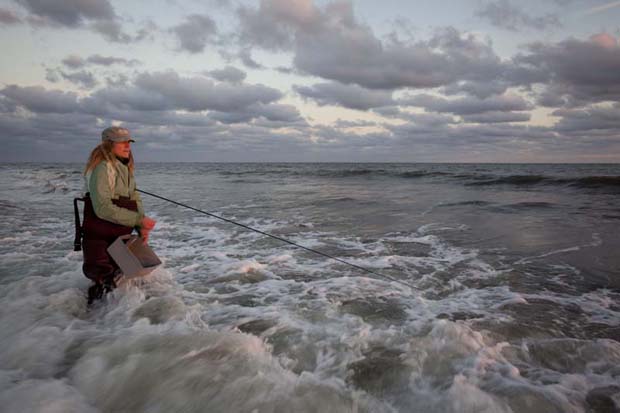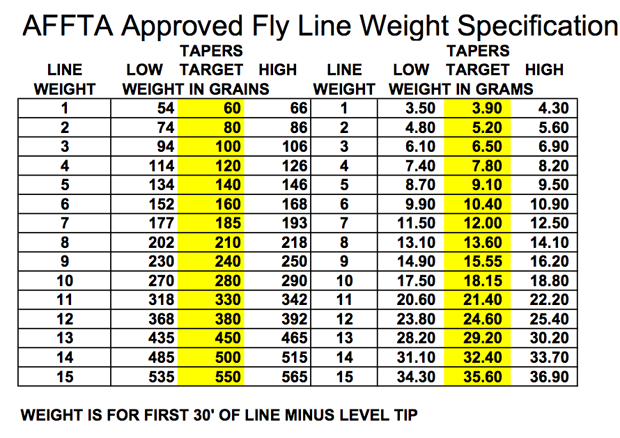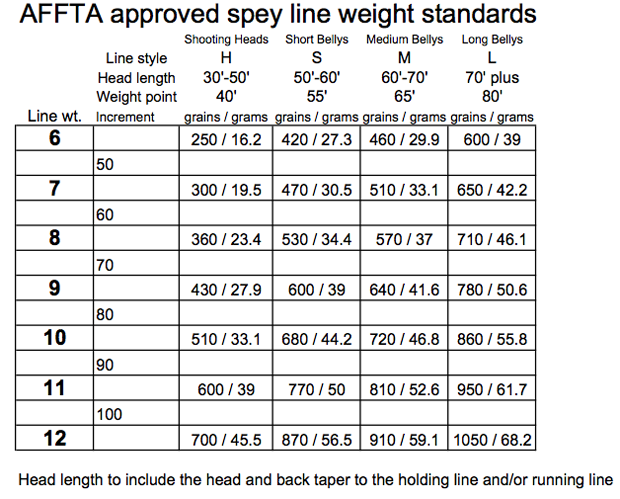Fly lines
[dropcap]M[/dropcap]ost fly anglers stick exactly with the recommended line number imprinted on their fly rod; e.g. 8 line and never vary the line weight or taper. Thus, they run into changing conditions situations that they can’t take advantage of. Fly fishing conditions will occur and may take place a few times during single day and definitely during a week stay at a destination. Don’t rely a single fly line.
If you’re bone fishing in The Bahamas on calm day with gin clear water you could easily fish an 8-weight rod with 7-weight line or even a 6-weight. The latter two choices accomplish a couple of things; one, you lessen splash down and two, the lighter fly lines won’t travel as fast (or as far) allowing you to use a more manageable leader length – 9-feet rather than 13-feet, for example.
There are many scenarios and many fly line choices. For example, if you’re fishing for permit in Key West with Will Benson, he’ll want you to use an intermediate weight line because he likes to intercept permit in water that’s anywhere from 4- to 6-feet – a floating line won’t do the job. Grant Gisondo, who contributes offshore fly fishing and boating posts to this magazine fishes fast sinking fly lines when after kings in 50- to 70-feet of blue-water.
When using heavier flies on a windy day I’ll take a spare spool and overline the rod by 1-weight, which enables me to punch through the wind and get good distance. You sacrifice splash down but if you need 60-feet to get to that targeted fish and you’re only able to manage 45-feet with an 8-weight rod and an 8-weight fly line – well, you get the point.
Similar considerations are in play using switch and Spey fly lines.
Fly Line Tapers
WF – Or the Weight-Forward Taper
DT – Or the Double Taper
The Level Taper (L) and Shooting Taper (ST)
Triangle Taper = Designed by Lee Wulff; many anglers believe this design provides the most efficient transfer of casting energy over a wide range of distances. As the loop unrolls, heavier line is constantly turning over lighter line
Other Considerations
The Core = Strength, Stretch and Stiffness
The Coating = Newer floating fly lines inject hydrophobic agents to make their coating water-resistant. These lines actually repel water, making them float higher than other lines of the same density. Powered tungsten is most often used because it is denser and more environmentally friendly than lead. Sinking lines incorporate a high-density material into their coatings to make them heavier than water.
Floating fly lines
Intermediate sink rate fly lines
Fast Sinking fly lines





